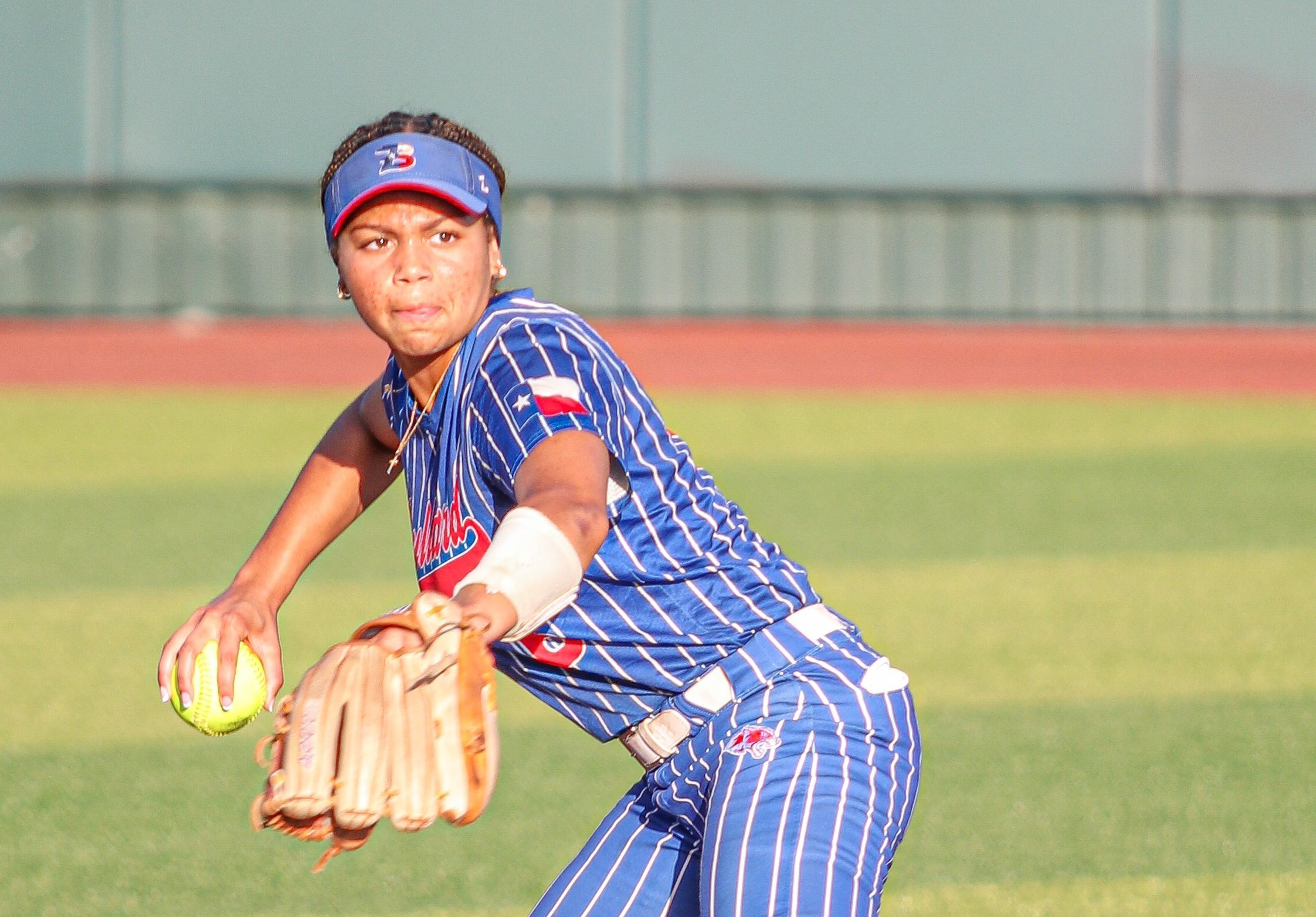Sigman: Using color in your garden
Published 11:36 pm Saturday, June 21, 2025

- Pam Sigman
When my husband and I bought an orange brick house many years ago, we started to re-landscape.
I quickly realized my favorite Hino Crimson azaleas were not going to be an option against that orange brick. After some research, I found Fashion azaleas, a corally-orange bloom that worked well with the orange brick. Problem solved!
Since then, I have developed my own “formula” for using color in my gardens. I have what I call primary and secondary colors with orange, pinks and reds being primary and secondary colors being white, yellow/gold and blue/purples. You can use all the primary colors in the same bed, but you don’t necessarily want them blooming at the same time!
Trending
Your secondary colors work with each other as well as all the primary colors. Our particular perennial bed begins the season with the orange cross vine and transitions into red vintage amaryllis, white Minnie Pearl phlox and purple verbena bonariensis.
After the amaryllis die down, the red is replaced with hot pink 4 o’clocks and the deep purple/black Louisiana iris. We go through several additional color schemes before the season ends and round-up the season with gold rudbeckia and blue-purple fall asters.
You will notice that some colors are “hot” and some are “cool” – your yellows are hot and work well with reds while you should use your whites in deep shade to make that area stand out. White, purple and light pinks are cool colors and work well together. Now remember, this is simply my opinion.
In addition to being pleasing to the eye, our pollinators have favorite colors as well as favorite plants. Do your research and plant colors for those pollinators you want to attract as well as colors that you enjoy yourself.
By the way, my husband and I finally agreed to paint our brick a neutral color so our color scheme was wide open.






